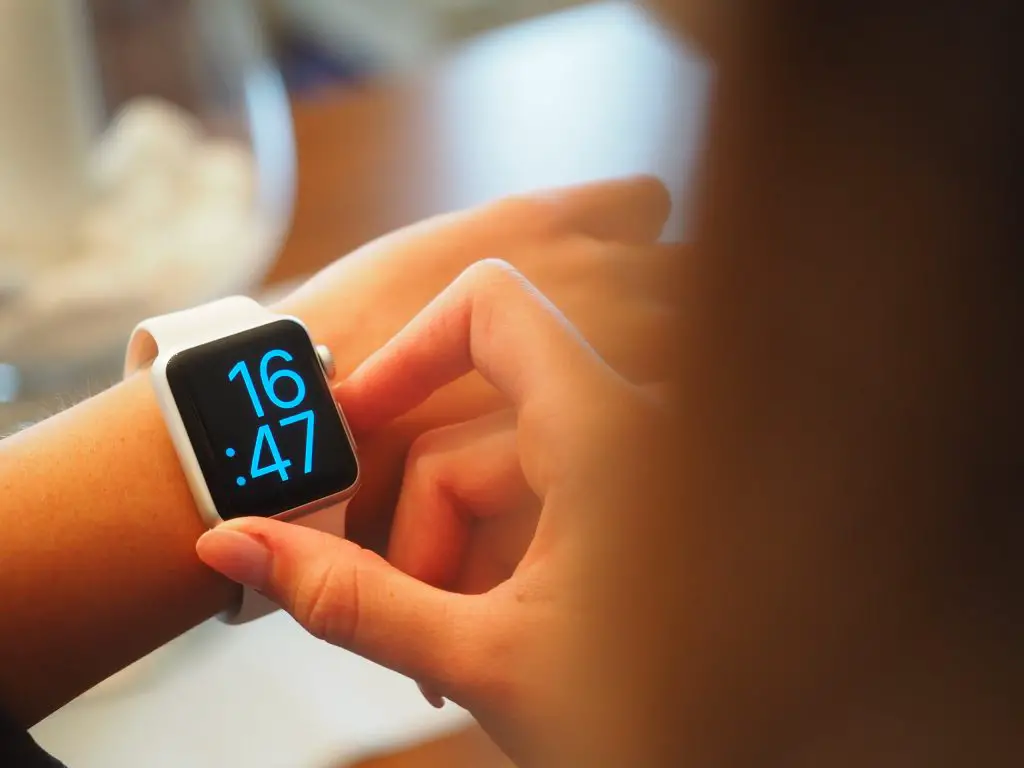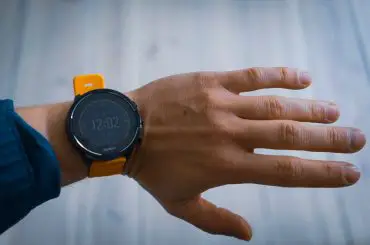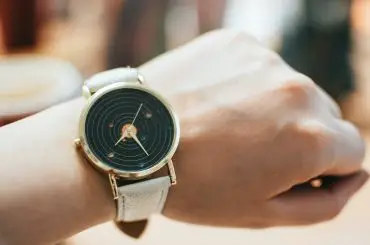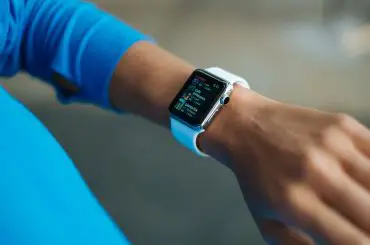How do smart watches work? This was the very first question I got when I shifted to apple. Smartwatches are becoming more popular with each passing year. The first to market around 2004, the Apple Watch is still one of the most popular options available today and has been around for over five years!
These devices have become so integral to our daily lives that even many traditional watch manufacturers began offering smartwatch versions of their products as well. So what exactly does this mean for you?
What are Smartwatches?
Smartwatches are modern-day timepieces that sync with your phone and other devices via Bluetooth. They typically come in various styles, but they all serve the same purpose: to help you keep up with your daily activities by displaying information from your smartphone or fitness tracker on their display.
Smartwatches, also known as wearables, are worn on the wrist like traditional watches. The sensors inside these devices can track your activity levels throughout the day, from how many steps you take each day to how much water you drink. This data helps them calculate how much time it takes for those steps combined with other activities like walking up stairs or running around campus (or whatever else makes sense).
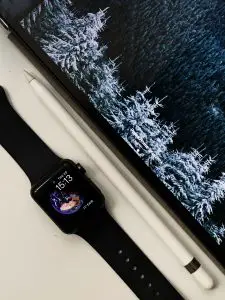
Battery life of a Smartwatch?
The batteries in smartwatches usually last about a day on average, and some can take up to five days. The battery life of a smartwatch depends on its model. The most common way to measure battery life is by counting the number of days you can use it before you recharge, but this is often inaccurate because different models have different charging methods and settings.
If you want to know how long your watch will last without charging it every night, look at the estimated time left on display or check manufacturers’ websites for details about their products’ batteries and charging times.
Some watches have removable batteries that can replace if they start losing power quickly. But others don’t allow users to remove them during regular operation, so they may take longer than expected before completely depleting (especially if plugged in).
Because of their small size, smartwatches usually don’t have any buttons or physical dials. They rely on touchscreens or touch-sensitive pads for controls.
How do smart watches work?
Because of their small size, smartwatches usually don’t have any buttons or physical dials. They rely on touchscreens or touch-sensitive pads for controls.
Because the smartwatch is so tiny and thin, it’s easy to forget its presence when you aren’t wearing it on your wrist. Also, you can wear the device in many ways: clipped onto clothing with a magnet (like an Apple Watch), placed inside bags, or clipped onto belts like traditional watches.
Many straps have replaceable watch bands with different colors, designs and capabilities that can change to suit your tastes and preferences. Some straps may even include interchangeable watch face stickers that you can apply to the display window on your device.
Many straps have replaceable watch bands with different colors, designs and capabilities that can change to suit your tastes and preferences. Some straps may even include interchangeable watch face stickers that you can apply to the display window on your device. The battery life depends on the model you choose, but some smartwatches can be used to track your fitness goals, while others are intended for recreational use only.
Some smartwatches have a rotating bezel that can navigate through menus on the screen; others have touch screens or buttons instead of rotating buttons in addition to controlling many functions through this interface. Many smartwatches also offer apps that allow you to access certain services, such as email checking and social media messaging, directly from within their apps without opening up an app first before doing so!
Some smartwatches feature a rotating bezel that can use to navigate through menus on the screen.
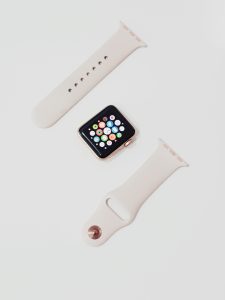
Some smartwatches feature a rotating bezel that can use to navigate through menus on the screen. The metal or plastic ring on the watch face’s outside is called a bezel. Bezel is used to move through items in menus. For example, if you want to select something from a list of options (like selecting an item from a menu), you rotate your wrist until it aligns with your preference.
The bezel is also used when changing settings or customizing other aspects of your watch experience—for example:
Rotating the bezel left or right changes settings like time zone or battery level; rotating up increases brightness levels; rotating down decreases brightness levels; pressing down repeatedly cycles through different clock faces.
It’s important to remember that although smartwatches are convenient tools for using your smartphone while protecting it from scratches and other damage, they aren’t a replacement for regular watches. So if you still want something more traditional in appearance than something digital, consider buying a traditional analog watch rather than an accessory like this one because it’s more comfortable for everyday use than the digital ones out there today!
Even though smartwatches are convenient tools for using your smartphone while protecting it from scratches and other damage, they aren’t a replacement for regular watches. So if you still want something more traditional in appearance than something digital, consider buying a traditional analog watch rather than an accessory like this one because it’s more comfortable for everyday use than the digital ones out there today!
If you’re looking into getting one of these devices, however—and don’t have access to any other options—some things can help ensure that this purchase will last long enough for its lifespan,
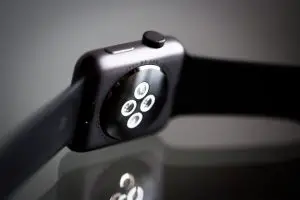
We hope this was helpful to you, and we look forward to discussing more topics like this one in the future!

